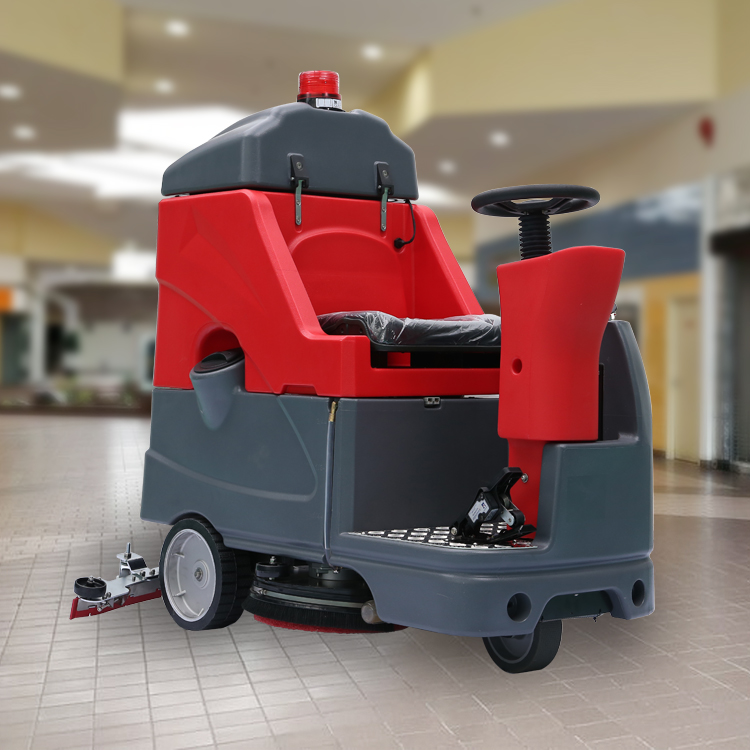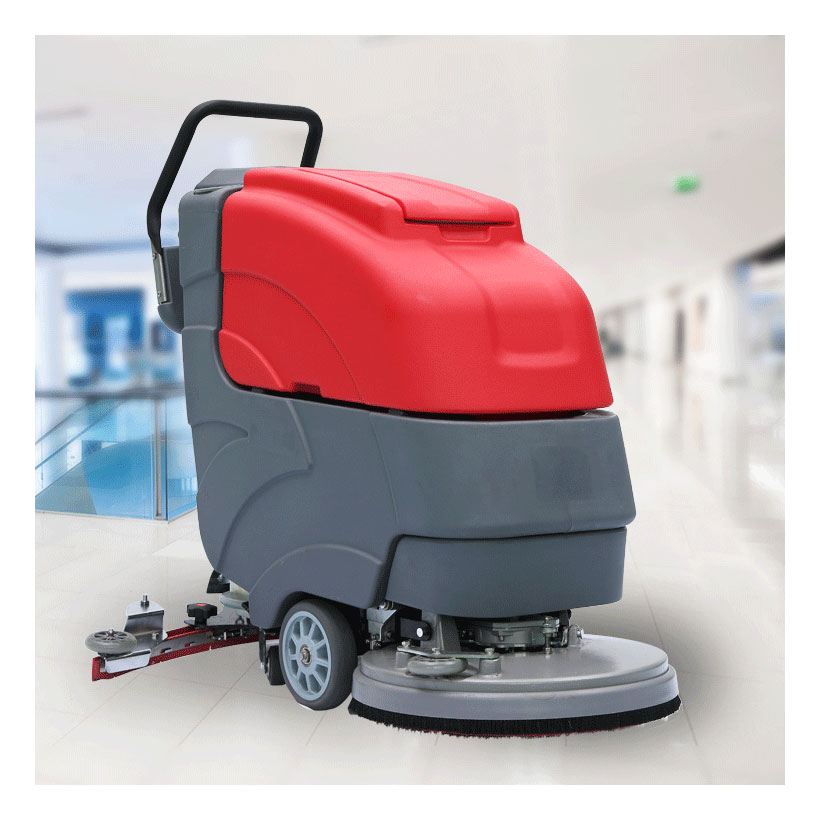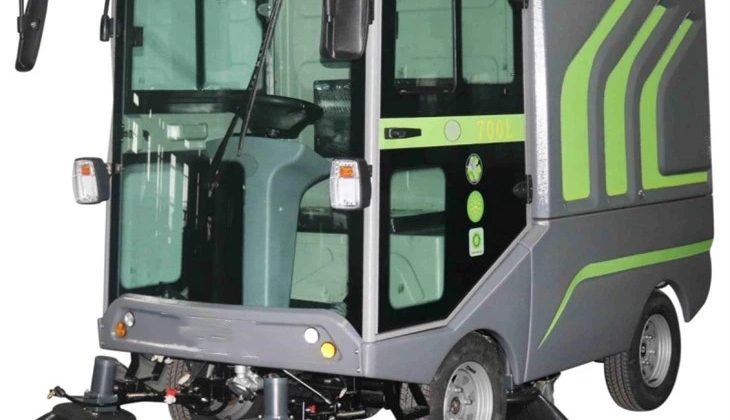
Let me start by saying—cleaning is the worst. Last week, I spilled an entire pot of chili on my kitchen floor (don’t ask), and my old mop just smeared it into a sticky orange nightmare. That’s when I finally caved and bought a small scrubber machine. Best. Decision. Ever. But here’s the thing: choosing the right one isn’t as simple as slapping down cash for the first shiny gadget you see. Let’s talk about how to pick a machine that won’t leave you cursing in a puddle of half-cleaned mess.
First off, size matters. A *small* scrubber machine should actually be… well, small. I’ve seen models that claim to be compact but weigh more than my cat after a Thanksgiving feast. Look for something lightweight with a slim design—you’ll want to stash it in a closet without rearranging your entire storage room. Bonus points if it has wheels. Trust me, dragging a heavy scrubbr (oops, typo—meant “scrubber”) across floors is a one-way ticket to back pain.
Now, let’s chat about power. You don’t need a industrial-grade monster for everyday spills, but a weak motor will leave you scrubbing the same stain until the next ice age. Aim for a balance: 30-50 RPM motors work wonders for homes and small offices. My current machine has a 40 RPM motor and handles everything from dried coffee splatters to mystery gunk under the fridge. Pro tip: Test it on a tough spot before buying. If the salesperson side-eyes you, just blame it on my advice.

Oh, and batteries! Cordless models are lifesavers unless you enjoy tripping over wires like it’s an obstacle course. Lithium-ion batteries are gold—they charge fast and last longer than my patience during Zoom meetings. Just avoid anything with less than 45 minutes of runtime. Nothing’s worse than your scrubber dying mid-clean while you’re knee-deep in soapy water.
Here’s where things get real: attachments. A good small scrubber machine should come with at least two brush types—stiff bristles for grout and soft ones for hardwood. I made the mistake of using a harsh brush on my vintage floors once. Let’s just say my security deposit wasn’t thrilled. Also, check if it has a squeegee attachment for streaks. Because nobody wants their floors to look like a modern art project.
Price-wise, don’t fall for the “cheapest = best” trap. I’ve bought $50 machines that broke faster than a New Year’s resolution. But you don’t need to sell a kidney either. The sweet spot is $150-$300 for home use. Look for warranties—1 year minimum. If a company won’t stand by their product, why should you?
Random life update: I’ve cleaned three friends’ apartments with my scrubber this month. Turns out, being the “person with the good cleaning gadget” makes you weirdly popular. Who needs charisma when you’ve got spotless tiles?

Final thought: Maintenance is boring but crucial. Empty the dirty tank immediately (learned that the smelly way) and rinse brushes after each use. A clogged machine is about as useful as a screen door on a submarine. Store it upright, and maybe give it a cute name. I call mine “Sir Scrubsalot.” Judge me.
So there you have it—no fancy jargon, just real talk about surviving the small scrubber machine shopping chaos. Whether you’re tackling chili disasters or everyday messes, the right machine can turn cleaning from a chore into… well, still a chore, but at least you’ll look cool doing it.

